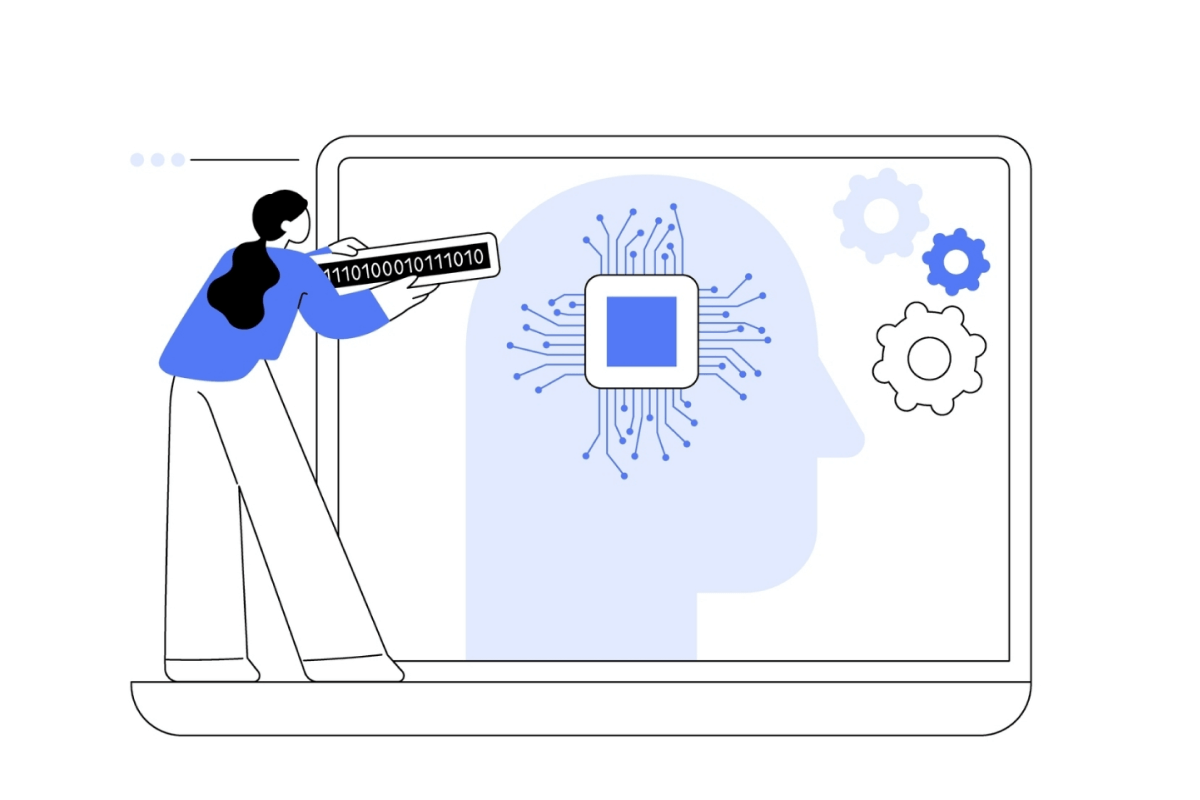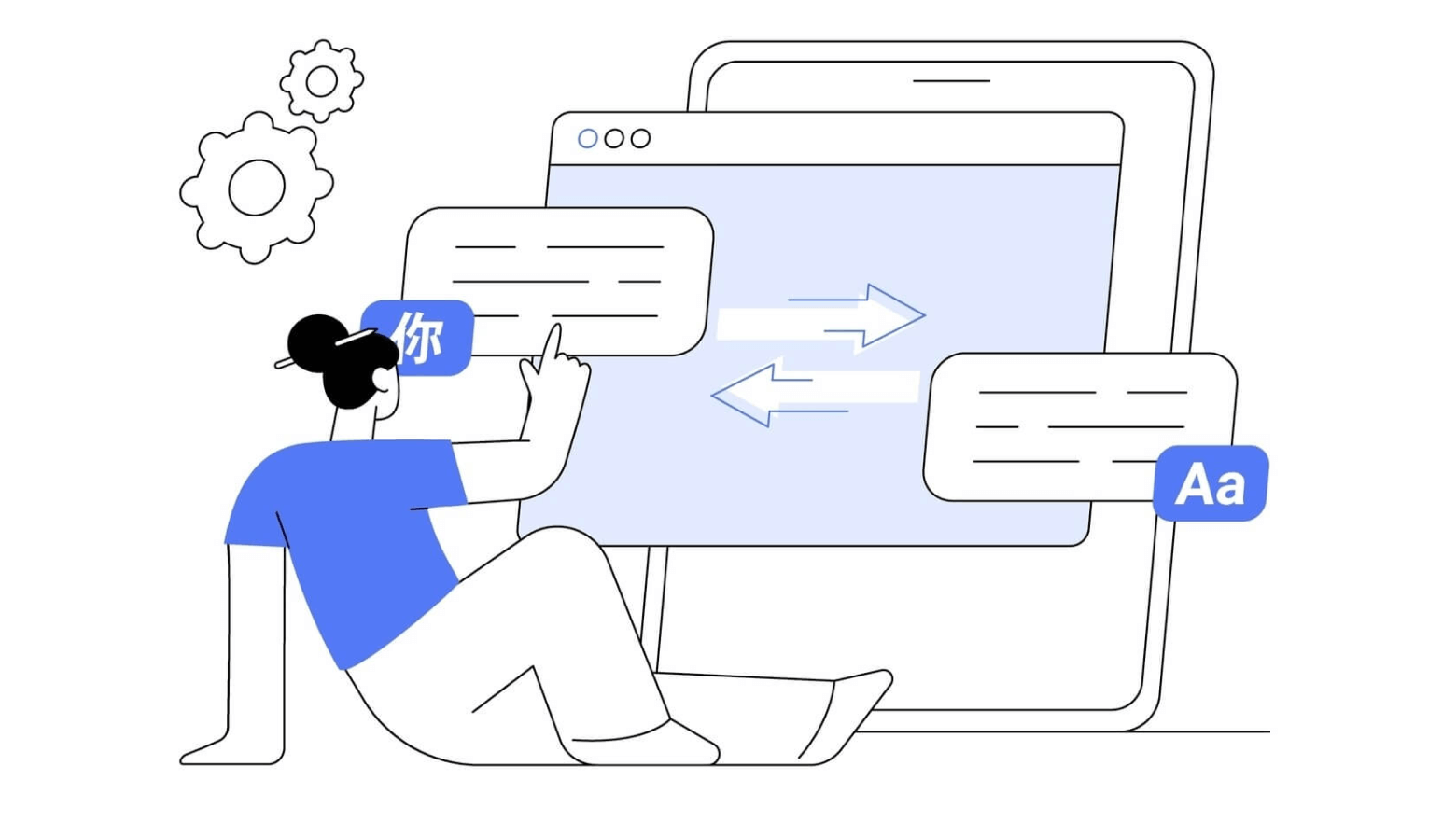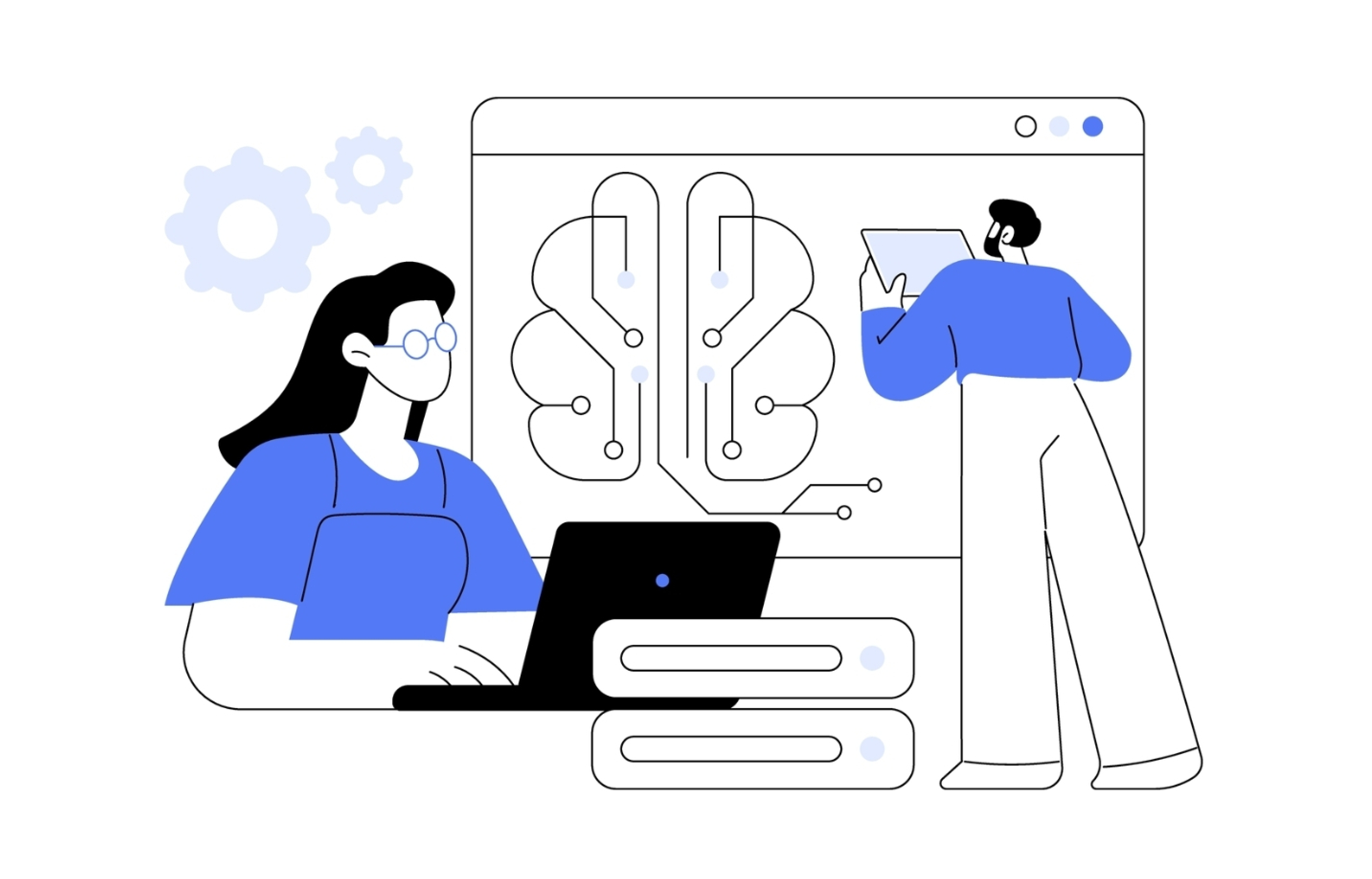In recent years, generative AI has emerged as one of the most transformative technologies, enabling machines to create original content such as text, images, music, and more. While cloud-based AI services have traditionally been the go-to solution for most businesses, there is a growing shift toward on-premise generative AI. This approach offers companies more control, security, and customization, making it an appealing choice for businesses with specific needs. In this article, we will explore what on-premise generative AI is, how it works, its benefits, drawbacks, and its use cases in various industries.

What is On-premise Generative AI?
On-premise generative AI refers to the deployment of artificial intelligence systems that generate content locally, within an organization's own infrastructure. Unlike cloud-based solutions where data is processed and stored remotely, on-premise AI keeps all operations within the company's physical infrastructure. This can include servers, storage, and AI models running on-site, ensuring greater control over the entire AI process.
How Generative AI Works
Generative AI leverages advanced deep learning techniques to create new and original content. At its core, it uses complex algorithms such as generative adversarial networks (GANs) and transformer-based models to learn patterns from large datasets and generate outputs that closely resemble the input data. GANs consist of two networks — a generator and a discriminator — that work together in a competitive process. The generator creates content, while the discriminator evaluates it, providing feedback to the generator to improve the results. This iterative process continues until the generated content is indistinguishable from real-world examples.
Generative AI systems are trained on diverse datasets that can include images, text, audio, and more. For example, a generative model trained on thousands of artworks can produce new pieces that mimic the style, color palette, and composition of the original works, creating entirely new pieces of art that retain the same characteristics.
The Difference Between On-premise and Cloud AI Deployment
The key distinction between on-premise and cloud AI deployment lies in where the AI models and data are stored and processed. In cloud-based AI, all data and computational tasks are handled on external servers managed by third-party cloud service providers. These models are trained and executed remotely, with businesses accessing the AI services via the internet. This setup allows organizations to easily scale their AI operations without investing heavily in infrastructure, as the cloud service provider handles the hardware and maintenance.
In contrast, on-premise AI solutions are hosted and operated on a company’s own internal infrastructure, such as local servers and storage systems. This means that all data, AI models, and processing tasks remain within the company’s control. Organizations can configure and manage their AI systems according to their specific needs, with the ability to customize models, algorithms, and workflows. Importantly, on-premise solutions do not depend on an internet connection to function, as everything is handled locally.
The choice between cloud and on-premise AI depends on various factors, including the size of the business, its budget, security and compliance requirements, and the level of customization needed for the AI systems.
Benefits On-premise Generative AI
On-premise generative AI offers several advantages that make it an appealing choice for businesses seeking greater control and security over their AI systems. By managing and hosting AI infrastructure locally, companies can ensure their operations align closely with their specific needs. Here are some of the key benefits of on-premise generative AI:
- Data Privacy and Security. One of the primary reasons businesses opt for on-premise solutions is the heightened security and privacy control. By keeping data local, organizations can avoid the risks associated with third-party data storage and sharing. Sensitive customer data, intellectual property, and other proprietary information can be better safeguarded, reducing the threat of breaches or unauthorized access.
- Control Over Internal Infrastructure and Data. On-premise solutions offer full autonomy over the AI infrastructure. Businesses can configure, manage, and upgrade the systems as needed without relying on external vendors. This level of control allows organizations to ensure compliance with industry regulations and better manage their data governance policies.
- Customization and Control. On-premise AI enables businesses to tailor AI models to their unique requirements. With direct control over the AI system, companies can fine-tune models, change algorithms, and adjust parameters to optimize performance. This customization is especially valuable when working with complex or niche data types.
- Reducing Dependency on Cloud Services. By opting for on-premise deployment, businesses can avoid ongoing cloud subscription costs. Additionally, on-premise solutions eliminate dependence on internet connectivity, making the AI solution more reliable and functional in areas with unstable internet connections or when cloud-based services experience outages.
- Performance and Speed. On-premise AI can be optimized to meet specific business needs, ensuring that processing speeds and model performance align with organizational requirements. By using local hardware, AI models can achieve faster processing times, particularly when dealing with large datasets or high-performance tasks.
Drawbacks On-premise Generative AI
While on-premise generative AI offers many advantages, it also comes with several challenges:
- High Initial Costs. Setting up on-premise AI systems requires a significant investment in hardware, including servers, GPUs, and storage systems. Additionally, there are costs associated with training AI models, software licenses, and ongoing maintenance.
- Maintenance and Updates. Unlike cloud-based solutions, on-premise AI systems require ongoing maintenance, updates, and troubleshooting. Businesses must allocate resources for IT staff to manage and monitor these systems.
- Scalability Challenges. Scaling up on-premise AI solutions can be more difficult compared to cloud solutions, which offer elastic scaling. Expanding local infrastructure requires significant capital investment and planning.
- Technical Expertise. On-premise solutions demand specialized technical expertise to manage and optimize AI models and hardware. Businesses may need to hire or train dedicated personnel for this purpose.
Application of On-premise Generative AI in Business
The ability to deploy AI models on internal infrastructure allows companies to maintain control over data and customize AI solutions to meet unique operational needs. Below are some of the key applications of this innovative technology in various business domains:
Automation of Processes and Content Creation
On-premise generative AI is widely used to streamline creative processes and reduce manual effort. Businesses can deploy generative models to create high-quality images, videos, or text for marketing campaigns, product designs, or customer engagement initiatives. By automating these tasks, companies can maintain a steady output of high-quality content while minimizing time and resource consumption.
Models for Data Processing and Analytics
Generative models are highly effective in advanced data analysis tasks, such as predictive modeling, anomaly detection, and trend forecasting. They can generate synthetic data to test scenarios or create insights that inform strategic decision-making. This application is critical in sectors like finance, logistics, and healthcare, where accurate forecasting and data-driven insights are essential for operational success.
Customization for Specific Industries
On-premise generative AI offers vast potential for industries requiring highly specialized applications tailored to their needs:
- Healthcare. AI models can generate synthetic medical data for research while safeguarding patient privacy, assist in drug discovery by predicting molecule interactions, and enhance diagnostic accuracy through image generation and analysis.
- Legal. Generative AI can automate routine tasks such as document drafting, contract review, and legal research, significantly improving efficiency and reducing operational costs.
- Marketing. AI-powered models help businesses generate personalized content for advertisements, social media posts, and email campaigns. These solutions enable companies to craft targeted marketing messages at scale, increasing customer engagement without manual effort.
- Manufacturing. AI-driven models assist in product design by generating design variations, simulating stress tests, and optimizing production processes for better efficiency and innovation.
- Education and Training. Generative AI creates personalized learning modules, virtual simulations, and assessment tools tailored to the learning pace and preferences of individual users, enhancing educational outcomes and engagement.
- Customer Service. AI-powered chatbots and virtual assistants can generate dynamic, personalized responses to customer queries, improving user experience and reducing response times.
The flexibility and control offered by on-premise generative AI make it a powerful tool for driving innovation and operational excellence across diverse industries.
Lingvanex On-premise Generative AI
Lingvanex is a leader in AI-driven translation and content generation, offering an advanced on-premise generative AI solution for businesses prioritizing data security, operational control, and customization. Our solution empowers organizations to leverage cutting-edge AI capabilities for language translation, automated content creation, and data processing—all within their own secure infrastructure. This ensures compliance with strict industry regulations and full control over sensitive customer and proprietary data.
Data Sources and Training
To tailor the AI solution precisely to your business, we require access to relevant data sources such as website manuals, product readme files, instructional guides, or other internal documentation. This proprietary content forms the foundation for training the large language model (LLM), ensuring the AI system understands your specific industry context and operational requirements.
Training and Customization Process
Our model training process typically takes 1 to 2 weeks, during which we fine-tune the LLM using your provided data. This customization enables the model to generate accurate and context-specific outputs aligned with your business goals. Whether you need industry-specific language translation, automated documentation creation, or data-driven insights, our solution adapts seamlessly to your needs.
Seamless Integration
Once the model is trained and customized, it can be effortlessly integrated into your existing IT infrastructure. Using REST APIs, businesses can connect Lingvanex on-premise AI capabilities to their internal systems, enabling smooth and scalable deployment. This integration ensures efficient AI-driven operations without disrupting existing workflows or compromising data security.
Ultimate Speed and Efficiency
Our solution is designed for maximum performance with minimal resource usage. Each language model is just 70 MB in size, and the software development kit (SDK) requires only 200 MB of RAM. This compact and efficient design ensures lightning-fast processing speeds, enabling real-time language translation and data processing even on modest hardware configurations.
By adopting Lingvanex on-premise generative AI, businesses can unlock powerful AI-driven solutions tailored to their unique requirements while maintaining control, security, and scalability.
Conclusion
On-premise generative AI offers businesses unique advantages such as full control over data, high security, and the ability to customize to meet specific needs. Despite the high initial costs and the need for technical expertise, such solutions are becoming increasingly attractive to organizations seeking increased privacy and productivity. Lingvanex is an example of effective on-premise AI, enabling companies to use powerful technologies tailored to their unique requirements while maintaining data control and security.



